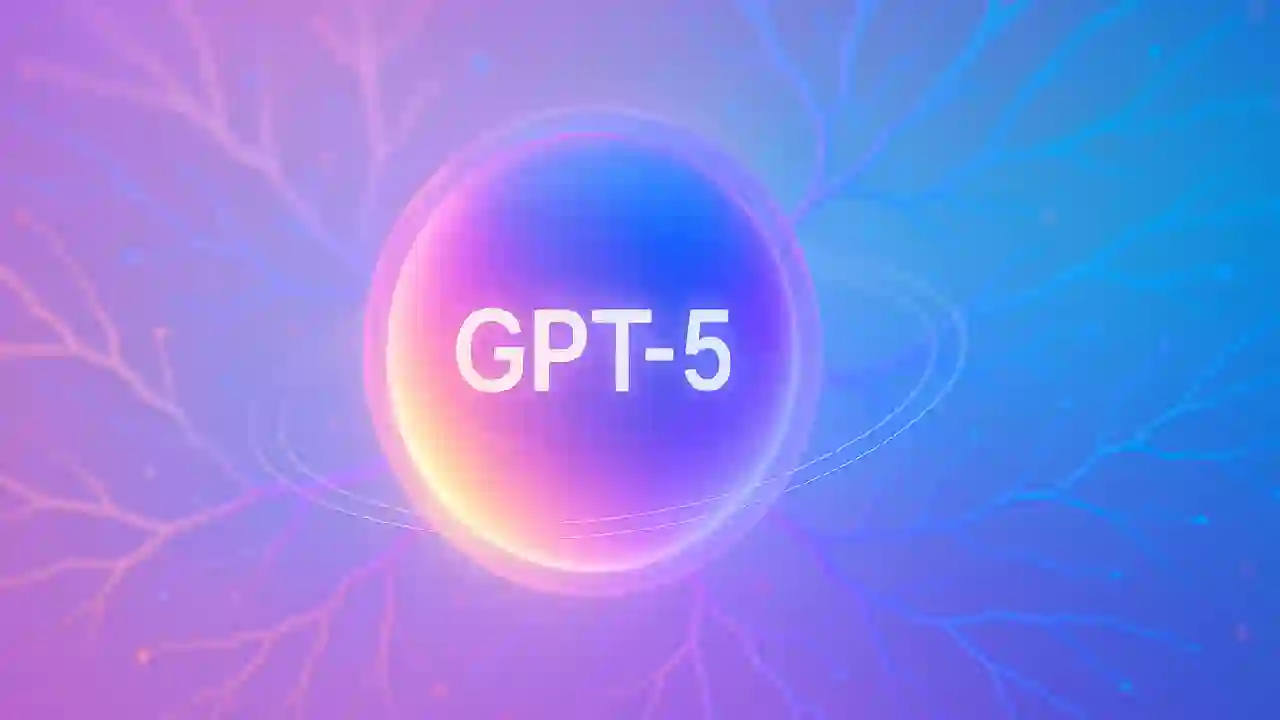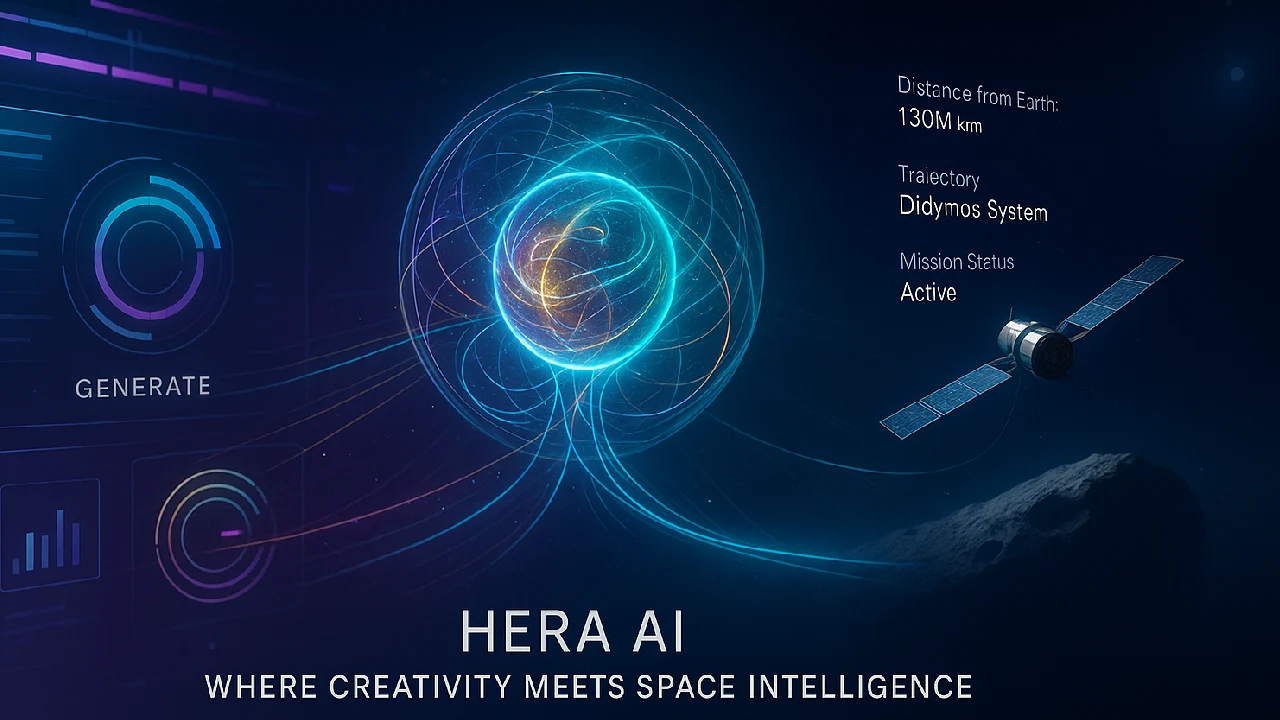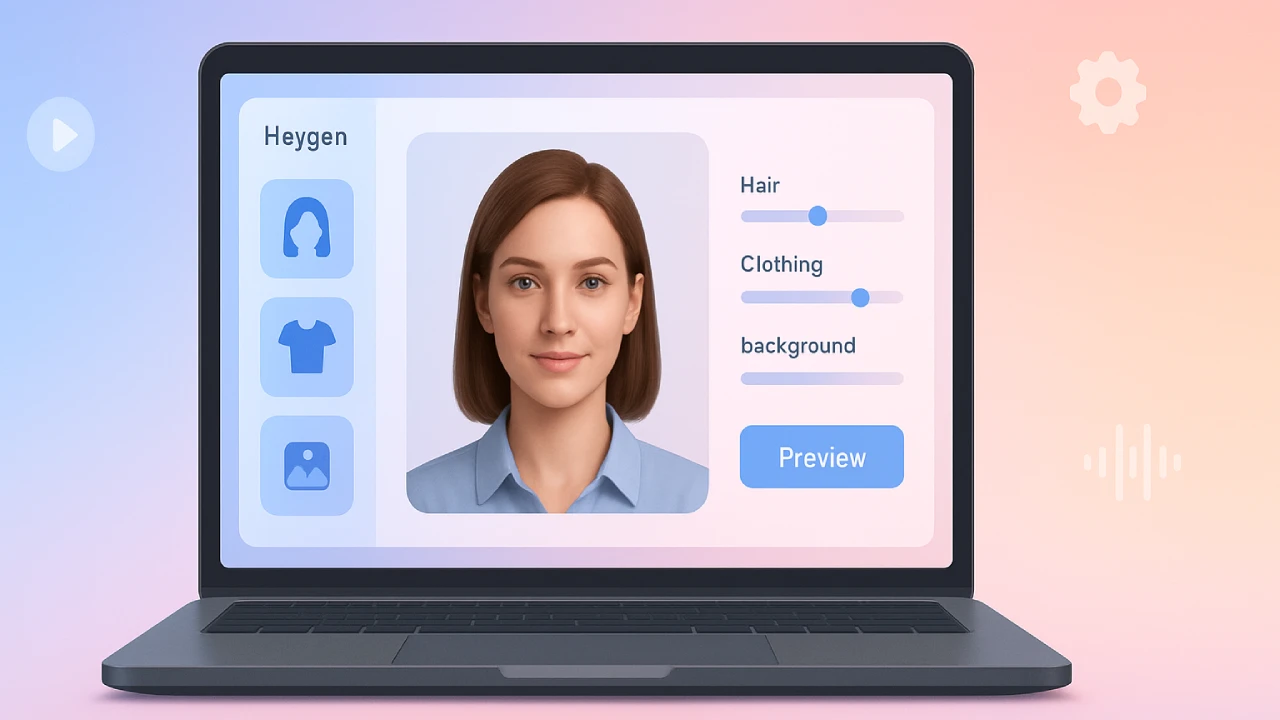OpenAI’s most advanced AI model to date is GPT-5, and it’s now available to all ChatGPT users, from casual free-tier users to Pro subscribers. It gives faster, safer, and smarter replies than ever before.
OpenAI’s GPT-5 is the fifth generation of their Generative Pre-Trained Transformer. It is meant to work with other AI systems as a whole. In earlier versions, you had to choose a model. With GPT-5, a dynamic route system picks the best engine for your question for you.

In simple terms, simple questions get quick answers, while more complicated ones start a deeper, more thought-provoking mode that happens automatically, without you having to do anything.
GPT-5 Snapshot:
- Launch Date: August 7, 2025
- Core Strength: Unified AI brain with smart task routing
- Top Gains: Faster replies, higher accuracy, fewer hallucinations
- Bonus: Available to every ChatGPT user, including free tier
How GPT-5’s dynamic routing makes answers smarter
In a way, dynamic route works like an AI dispatcher. It looks at your request right now and decides:
- Which GPT-5 variant to use
- How much reasoning power to apply
- Whether to tap into connected tools or integrations
This makes sure that you get speed when it’s needed and depth when it’s possible, all in a single smooth flow.
No more switching models; GPT-5 adapts instantly to your needs, and you can use it.
Why GPT-5 is more reliable than past models
OpenAI reports a dramatic drop in misinformation and AI “hallucinations”:
- Overall error rate: 4.8% (down from 20%+ in older models)
- Health queries: 1.6% (down from 12.9% in GPT-4o)
It also:
- Admits when it doesn’t know something
- Flags unsafe or incomplete queries
- Explains the reasoning process in clear steps
Example: In medical summaries, GPT-5 highlights both findings and areas of uncertainty giving a balanced, transparent answer.
How GPT-5 Is Built (Architecture & Model Sizes)
There are several types in the GPT-5 family, not just one.
Main versions:
- GPT-5 — Full power, best reasoning
- GPT-5 Mini — Cheaper, faster, for lighter use
- GPT-5 Nano — Low latency for quick responses
- GPT-5 Chat — Optimized for enterprise & large teams
Biggest change:
The dynamic router chooses the version that answers your question based on how hard it is, what you want to do, and the tools that are available.
Memory:
For most users, it can handle up to 256k tokens. Some API versions can handle up to 1 million tokens, which is great for big projects or papers.
Who can use GPT-5 right now
| User Tier | Access Level |
|---|---|
| Free | GPT-5 with daily caps; then GPT-5 Mini takes over |
| Plus ($20/mo) | Higher GPT-5 usage limits |
| Pro ($200/mo) | Unlimited GPT-5 + extended reasoning in GPT-5 Pro |
| Team | Full GPT-5 access already live |
| Enterprise/Edu | Access begins one week after launch |
| API Developers | gpt-5, gpt-5-mini, gpt-5-nano for cost/performance balance |
This is the first time OpenAI’s flagship model is available to everyone, not just paying customers.
How GPT-5 Performs in Tests
OpenAI tested GPT-5 on many benchmarks, and the results were impressive:
- Coding: Top scores in SWE-Bench and Aider Polyglot tests — builds complete apps from simple prompts.
- Math & Reasoning: Performs better than GPT-4o in logic puzzles and problem-solving.
- Health: Best score on HealthBench, giving accurate, safe medical summaries.
- Tool use: Smoothly switches between tools like calendars, file readers, and APIs without breaking the flow.
GPT-5 does more than just talk better. It also works and thinks better.
What GPT-5 can actually do better
1. Build and automate
- Outperforms rivals on coding benchmarks like SWE-Bench and Aider Polyglot
- Turns plain English into working apps, games, and websites
- Handles long, multi-step business automation reliably
2. Support healthcare tasks
- Highest score on HealthBench
- Simplifies medical reports for easier understanding
- Aids early AI-assisted cancer detection research
3. Boost productivity
- Integrates with Google Calendar and Gmail
- Answers questions based on your schedule or inbox
- Summarizes data from Google Drive and uploaded documents
4. Enhance learning
- Generates lesson plans and tutoring material
- Maintains long conversation context
- Produces detailed, structured educational content
Which is better : GPT-5 vs GPT-4o
| Feature | GPT-4o | GPT-5 |
|---|---|---|
| Hallucination Rate | ~20% | 4.8% |
| Health Accuracy | 87% | 98%+ |
| Coding Benchmarks | Strong | Strongest yet |
| Languages Supported | 8+ | 12+ |
| Context Length | 128k tokens | 256k tokens |
What happens to older GPT models
For Team and Enterprise:
- GPT-5 became the default on August 7 and August 14, 2025
- Older versions (GPT-4o, o3, o4-mini, GPT-4.1) remain for 60 days
- Custom GPTs auto-upgrade to GPT-5 unless developers choose differently
What’s Still Not Perfect
Even with all the improvements, GPT-5 isn’t flawless:
- It’s not AGI yet : It’s smart, but it’s not fully “human-level” intelligence.
- Some domain gaps: In certain niche tests, other models like Claude still win.
- Cost for heavy use : API pricing can be high for large projects.
- Rollout delays: Not all users get access instantly.
- Tone preferences: Some users say it feels more formal than GPT-4o.
What’s Next for GPT-5
OpenAI’s roadmap hints at big upgrades ahead:
- One unified model: Instead of separate “fast” and “deep” versions, one model will adapt in real time.
- Longer memory: Even bigger context windows for complex work.
- More autonomy: GPT-5 could run full projects without step-by-step instructions.
- Better safety: Stronger filters for harmful or misleading content.
- Closer to AGI: Each version pushes it nearer to general intelligence.
Final takeaway
GPT-5 is more than just an update; it’s a better, more flexible AI system that adjusts its level of thinking to your needs, works with real-world tools, and gives you safer, more accurate results. You can use GPT-5 to code, learn, do research, or plan your week. It feels like a real step toward AI that works with you, not just for you.







